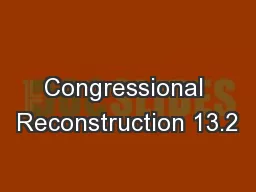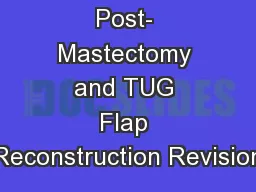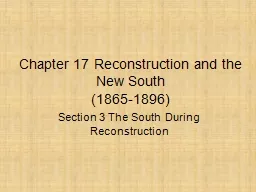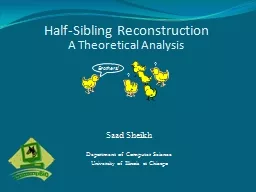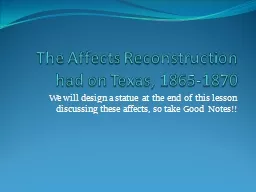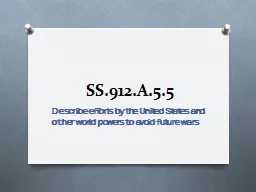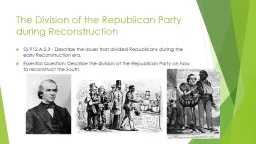PPT-Tentative reconstruction of the
Author : messide | Published Date : 2020-11-06
recent Hiatus using IPSLCM5ALR Didier Swingedouw Juliette Mignot Eric Guilyardi Sébastien Nguyen Lola Ormières Hiatus and partial nudged simulations Understanding
Presentation Embed Code
Download Presentation
Download Presentation The PPT/PDF document "Tentative reconstruction of the" is the property of its rightful owner. Permission is granted to download and print the materials on this website for personal, non-commercial use only, and to display it on your personal computer provided you do not modify the materials and that you retain all copyright notices contained in the materials. By downloading content from our website, you accept the terms of this agreement.
Tentative reconstruction of the: Transcript
Download Rules Of Document
"Tentative reconstruction of the"The content belongs to its owner. You may download and print it for personal use, without modification, and keep all copyright notices. By downloading, you agree to these terms.
Related Documents



